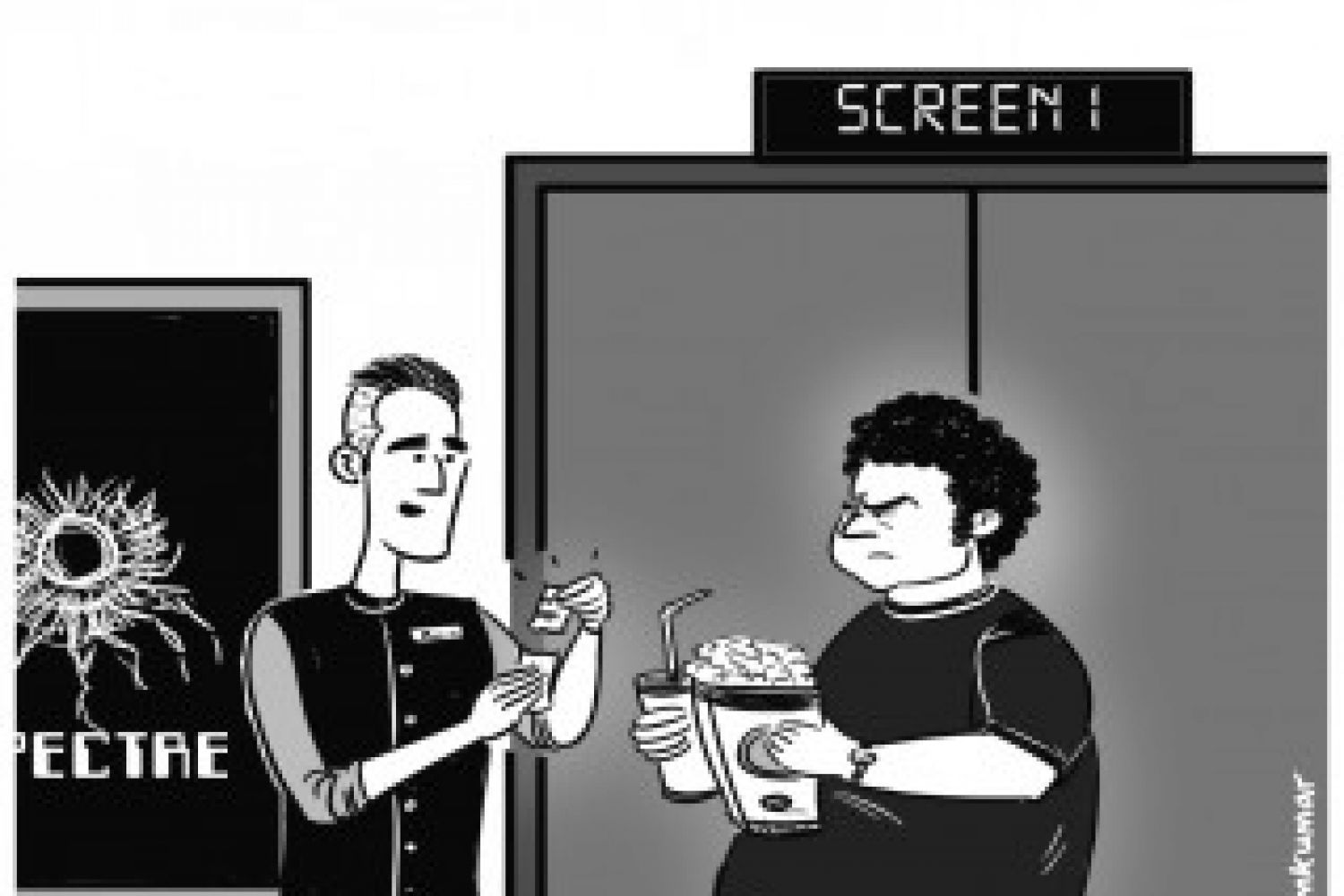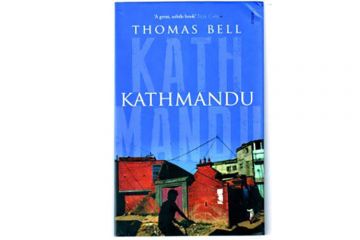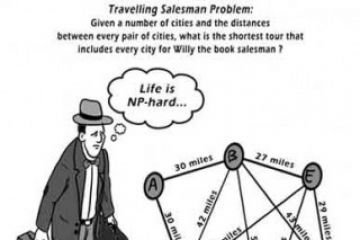
���The child is sexual, but its sexuality (bisexual,
polymorphous, perverse) threatens our own at its very roots. Setting up the
child as innocent, is not, therefore, repressing its sexuality—it is above all
holding off any possible challenge to our own.”exuality—it is above all
holding off any possible challenge to our own.”
—Jacqueline Rose, The Case of Peter Pan or the
Impossibility of Children’s Fiction (1984)
On May 15, 2015, a consultation was held at the In





